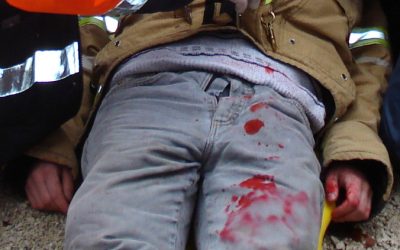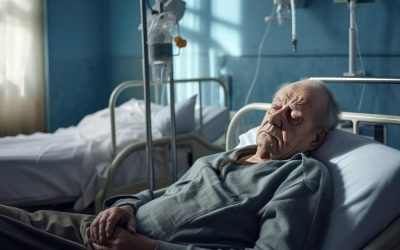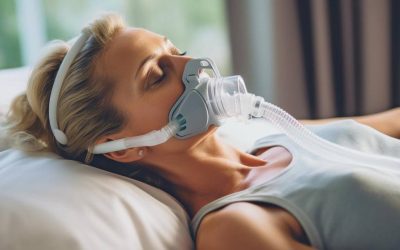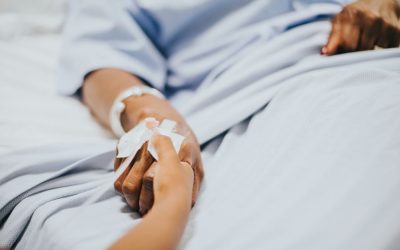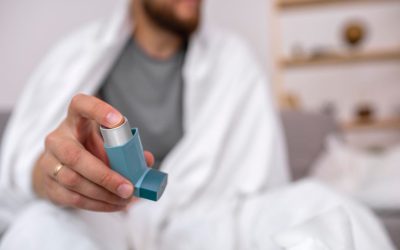Hypovolemic shock is a type of shock that occurs due to a decrease in the total blood volume in the body. The reduction in blood volume can be caused by bleeding, dehydration, fluid loss due to vomiting or diarrhea, and other situations involving significant fluid...
Medical emergencies
Shock is an acute and potentially life-threatening disorder
Shock is an acute and potentially life-threatening disorder. Shock is inadequate or ineffective tissue perfusion that results in organ dysfunction due to insufficient oxygen and nutrient supply and the accumulation of metabolic byproducts. Shock is a serious condition...
Acute stroke
Acute stroke is a medical emergency. For patients with an ischemic stroke, treatment with thrombolytic therapy or endovascular intervention is highly time-dependent. The majority (85%) of strokes are ischemic (cerebral infarction), while 15% present with intracranial...
Pulmonary edema
Pulmonary edema is a condition that occurs due to the accumulation of fluid in the lungs within the interstitial space and alveoli. This accumulation impairs gas exchange in the alveoli, leading to reduced oxygenation of the blood and, in some cases, the buildup of...
Pulmonary embolism
Pulmonary edema is a condition that occurs due to the accumulation of fluid in the lungs within the interstitial space and alveoli. This accumulation impairs gas exchange in the alveoli, leading to reduced oxygenation of the blood and, in some cases, the buildup of...
Chronic Obstructive Pulmonary Disease
Chronic Obstructive Pulmonary Disease (COPD) is a disease characterized by persistent narrowing of the airways. It is a common, preventable disease that can be treated. The disease is caused by harmful particles or gases. COPD is characterized by obstructive...
Anaphylaxis, allergic reactions
Allergic reactions can range from mild urticaria (hives) and angioedema (swelling of the face, eyelids, lips, and tongue) to severe cardiorespiratory disturbances. At the extreme end of this spectrum is anaphylaxis, which can affect the cardiovascular, pulmonary,...
Asthma
Asthma is a chronic obstructive disease that causes breathing problems. It is characterized by diverse and recurring symptoms, reversible airway obstruction and bronchospasm. During an attack, the airway muscles in the lungs tighten, narrowing the airways and making...
Treatment of hypertensive crisis
After a detailed anamnesis and clinical examination in which we ruled out life-threatening conditions, we gradually lower the blood pressure with the drug that the patient normally takes, in a higher dose or in the maximum allowed dose. We can also use the drugs we...

